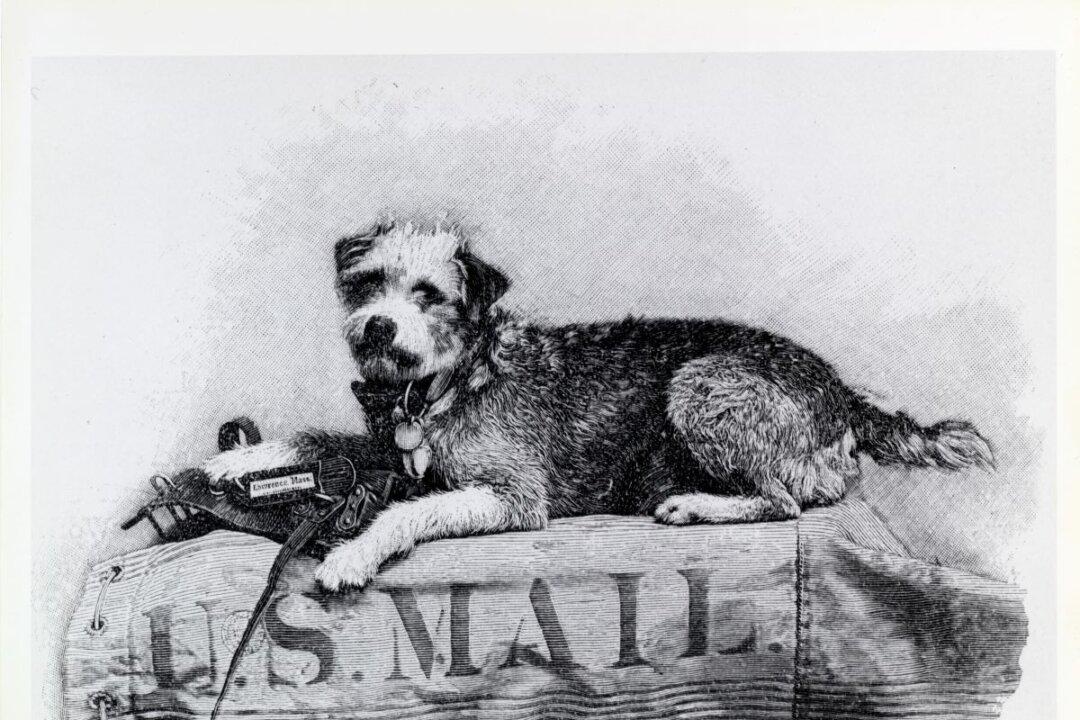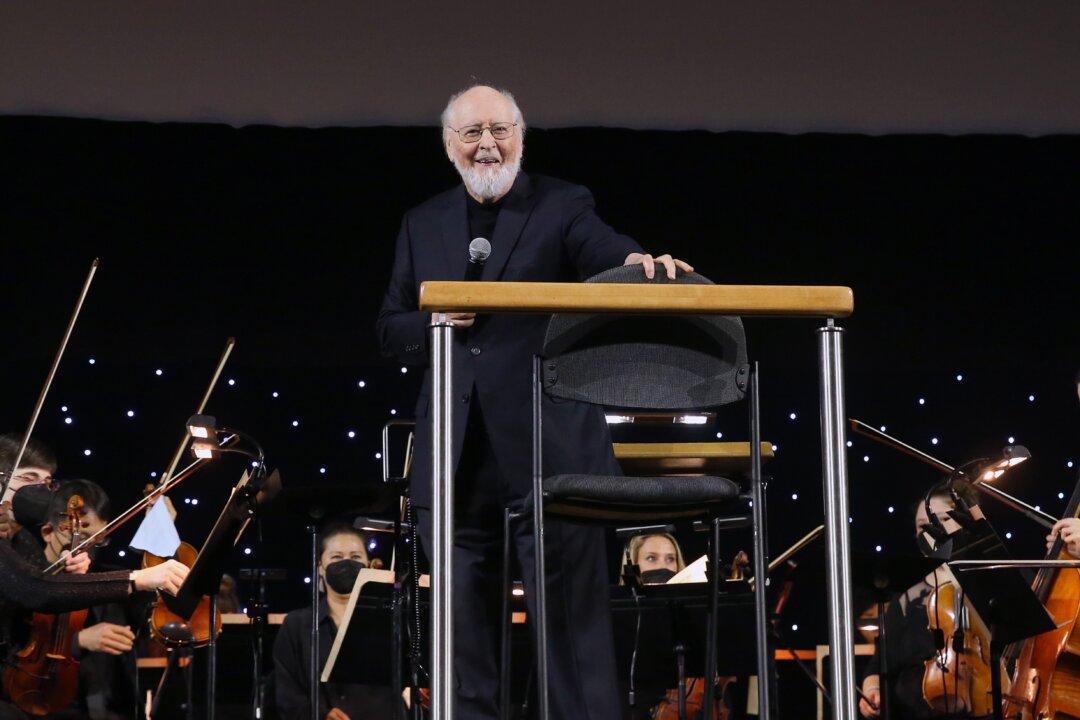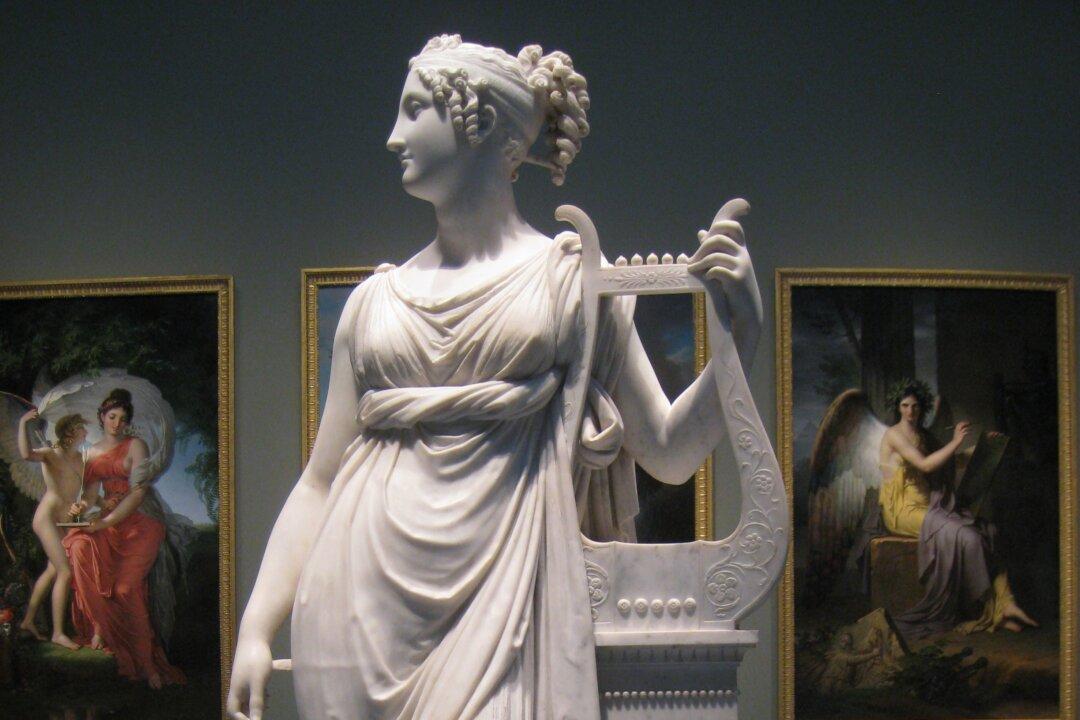What makes the United States special? Not everyone agrees. A growing number of people think that it’s not special at all. But in at least one respect, they are dead wrong: America is home to unique land formations of unparalleled beauty. These sacred spaces used to embody the essence of what it means to be an American—and in the eyes of many, they still do.
Most visitors to the Grand Canyon probably count themselves among this number, as it’s difficult to gaze into the seemingly limitless, mile-deep ravine and not feel a sense of awe mixed with pride. But were it not for Theodore Roosevelt, it is unlikely that millions of people would be able to experience this.





